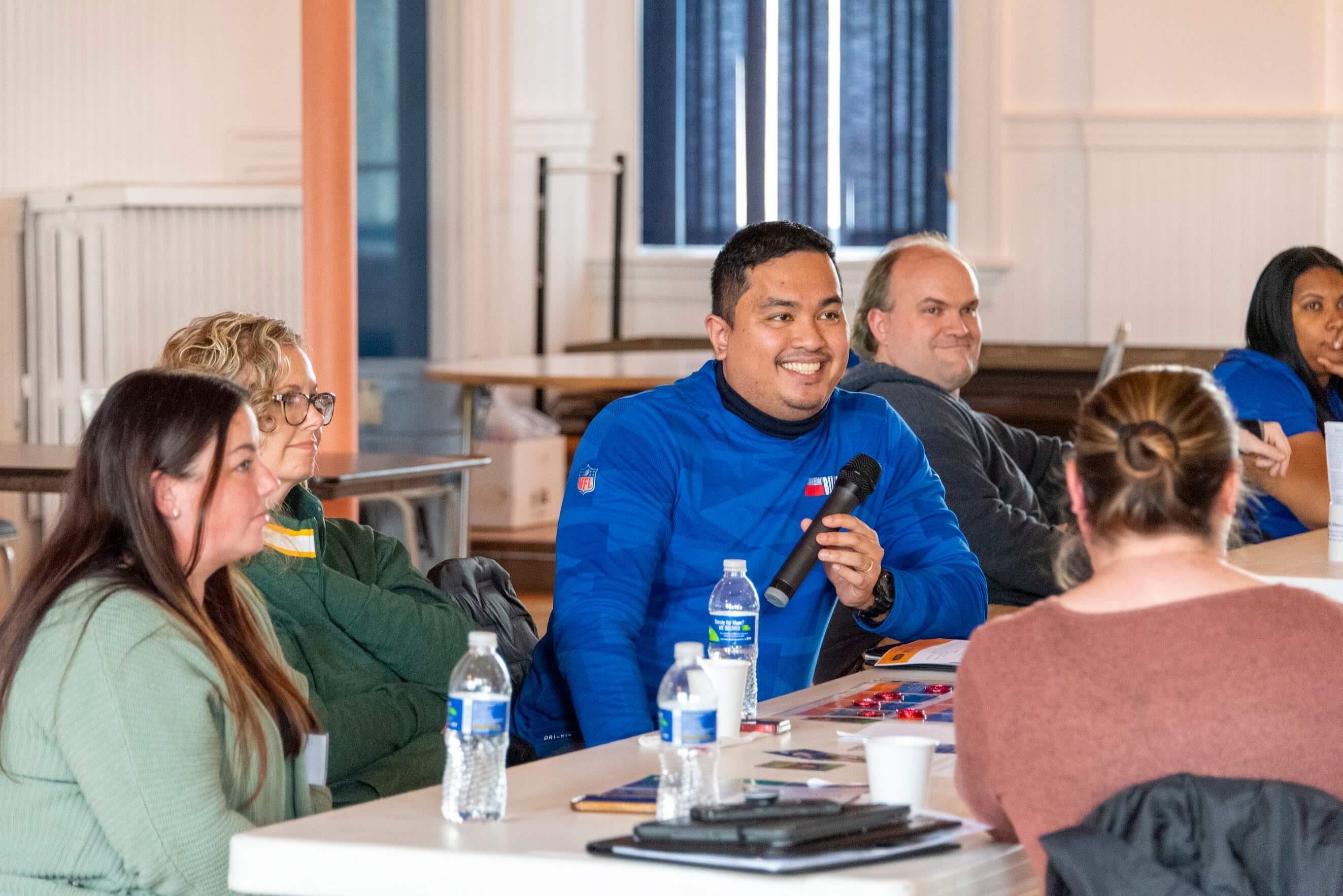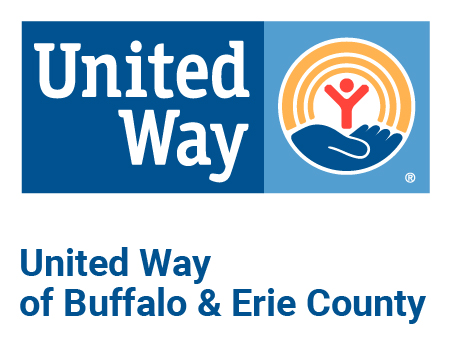The ALICE Experience: Understanding Financial Hardship

Over 40% of families in Erie County are stuck in a cycle of financial hardship. Many, if not most of these families are considered part of the ALICE population, ALICE stands for Asset Limited Income Constrained Employed. This simply means that those that fit in the ALICE category are living above the federal poverty level but are still struggling to make ends meet – and they are often only one unexpected medical bill or car repair away from a financial crisis.
Knowing that the ALICE population makes up such a large part of our community frames the work that we do here at United Way of Buffalo & Erie County. So while a big part of what we do is making investments in programs and creating programs to meet the needs of ALICE families in Erie County, it is also essential that we educate community members about financial hardship and the effect it has on their neighbors.
The ALICE Experience is a financial hardship simulation. Participants break into small groups where they are assigned the role of a fictional ALICE family and then are given 9 minutes to create a family budget. Every budget is required to include everyday things like food, transportation, medical expenses, housing, technology and even savings. While we can’t really simulate the ALICE experience for those who participate, we can create scarcity. All types of scarcity have the same effect on the brain, whether that be a scarcity of monetary resources or time. By imposing the 9-minute time limit we create a scarcity of time that forces participants to make quick decisions with the limited information and resources they have immediately available to them, which is the same thing that ALICE families are forced to do every day. While participants are crafting budgets for their families, we sometimes simulate a real-life situation that will disrupt the budgeting process in the form of an unexpected car repair or medical bill that forces participants to divert income to that emergency that they would have otherwise used for their everyday needs or savings. This emergency is usually introduced with only one or two minutes left in the budgeting process to force participants to make decisions on the fly of where they will pull money from to cover the unexpected expense, the same way that those living in financial hardship are forced to make snap decisions about where to get money to cover financial emergencies. Immediately following the budgeting process we ask participants to share what they are feeling, most often participants admit to feeling anxious, depressed, frustrated, sad, tired or depressed.
Even though participants are only given 9 minutes for the budgeting process, the entire ALICE experience takes about an hour and a half. Much of this time is spent debriefing with each group about what decisions they made and why. This helps identify pressure points in their budget. For instance, if they only put the minimum into child care expenses, what does that mean for the long-term education of their children? Will they be kindergarten ready if they aren’t able to access child care? Or if they decided to take public transportation, what effect does that have on their daily commute? Is there even public transportation where the family lives, etc.? After having that discussion, we share data on our local ALICE families. We also talk about the benefits cliff and why a ten-cent-an-hour raise can hurt a family, and discuss why this is happening. We discuss the median income for retail and hospitality workers since that makes up a large portion of our local job market, we discuss rising housing costs and what it means to be housing-burdened, limited access to public transportation and a variety of other community factors that impact the daily lives of our neighbors.
While the core components of the ALICE Experience workshop are the same from group to group (same families, same amount of money, same budget categories) the end result is always unique. This is due in part to the lived experiences of the participants. A group of lawyers is likely to have a different perspective than a group of college freshmen or a group of social workers. But it also has a lot to do with where each participant puts value in their own life. One participant may put a premium on ensuring their children have access to the early educational opportunities available in a traditional child care setting. Another participant may think that access to technology is critical for their family. The ALICE Experience is a great way to help people understand the lived experience of low to moderate-income families, and it can also help participants understand why some of their clients or patients behave and respond the way they do. For example, it can help doctors understand why their patients aren’t following instructions or are waiting until they are extremely sick before seeking treatment. With social workers or those who work with children, the conversation often revolves around how living in a state of constant scarcity changes the way a child’s brain develops.
At the end of the day, the ALICE Experience is just a taste of what it is like for families who are scraping by. It highlights for participants some of the ingenuity demonstrated by those living with financial hardship and helps those who have never experienced it to understand some of the impossible choices that ALICE families face.
